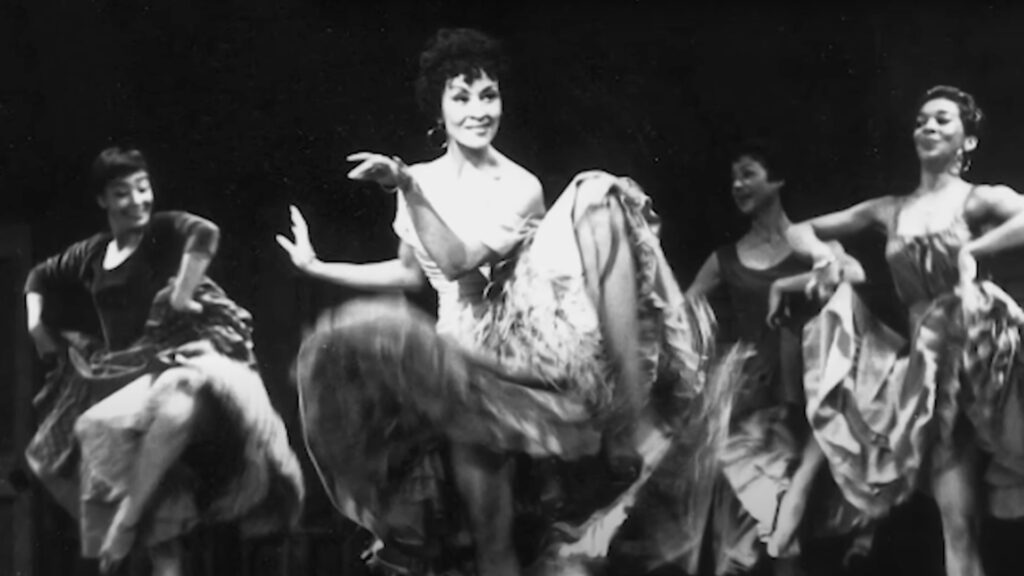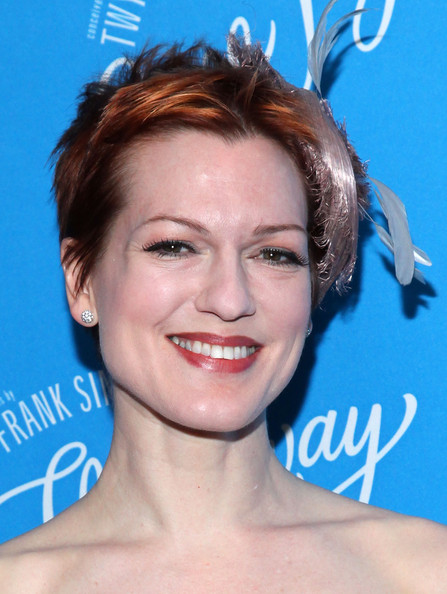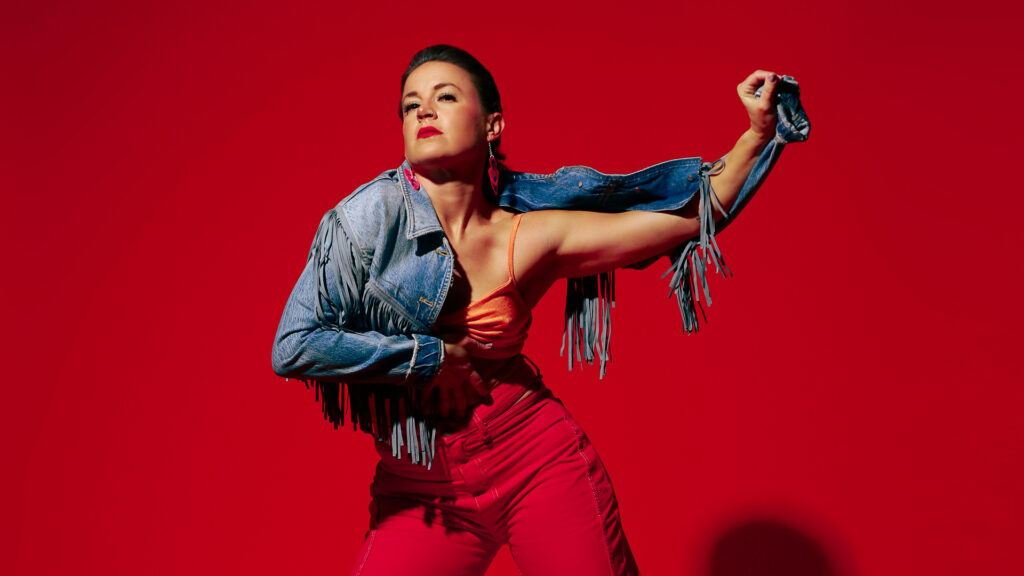USC Kaufman faculty reflect on the life of Chita Rivera
February 16, 2024

The pioneering Rivera has influenced the careers of artists all over the world. We asked three of our faculty members of Broadway acclaim to talk about her legacy.
Chita Rivera was just 24 years old when she became the toast of New York, landing the role of Anita in Stephen Sondheim and Leonard Bernstein’s production of West Side Story in 1957. That would propel her to Broadway stardom and set the stage for a career that spanned more than seven decades, during which time she won three Tony Awards, and was awarded a Kennedy Center Honor and the Presidential Medal of Freedom.
On February 17, the lights go dim in honor of Rivera, who passed away in January at the age of 91. The Broadway community and the Committee of Theatre Owners have agreed to dim the lights of all Broadway theaters for one minute, a demonstrable show of affection for an artist whose story and determination impacted countless careers.
In ways big and small, Rivera inspired a generation of artists that would go on to shape the course of dance and Broadway history. Some of them reside here at USC Kaufman. We asked three to reflect on Rivera’s life and how her legacy lives on.
Holley Farmer

Holley Farmer, former principal artist with Merce Cunningham Dance Company and a Bessie Award winner, originated 13 roles for Cunningham, Twyla Tharp, and the principal role of Babe in Broadway’s Come Fly Away, for which she received an Astaire Award nomination.
According to Farmer, Rivera had an uncanny ability of matching a powerful voice with an exceptionally fluid style of movement.
Songs like America and A Boy Like That, “had me listen to her over and over because of her passionate ability to speak and move meaning in her mighty, beautiful body,” said Farmer.
Saleemah E. Knight

Saleemah E. Knight–Professor of Dance Studies, a professional dancer, choreographer, global master teacher, and formerly a featured dancer in Disney’s hit Broadway musical The Lion King–interacted with the Rivera at least two times. They originally crossed paths during the filming of Uprooted: The Journey of Jazz Dance, a documentary about the “invisiblization” of Black dance practices within jazz dance history and the journey of jazz from West Africa through the West Indies to America. It featured commentary by both Knight and Rivera and debuted on HBO Max in February of 2022.
In the film, Rivera recalled working as a Broadway performer under the tutelage of Bob Fosse and other dance legends.
“The segment showed how jazz was appropriated for mass audiences via Broadway by mainly white male choreographers,” said Knight, who remembers Rivera as monumental, particularly as a woman of color bridging the gap in mainstream entertainment. “It is an honor to be featured alongside her greatness. The film’s impact has been evident within the dance community and beyond and will live in perpetuity on HBO Max for years to come.
“Her legacy has been integral to the culture of dance history and the celebration of diversity in dance,” said Knight, adding that in her course, Dance and Popular Culture, a GE-A (General Education-Arts) course for all university students at USC, she discusses Rivera’s work as a Latin American woman making strides in a discriminatory industry. “As her legacy stands on the shoulders of previous Latin American icons in entertainment such as Carmen Miranda, Ms. Rivera was able to break through many stereotypes and preconceived notions for roles for women of color in entertainment relative to her time.”
Betsy Struxness

Betsy Struxness grew up in Kansas City, Missouri, and dreamed of a career on stage from the time she was young. Training at prestigious summer programs at Pacific Northwest Ballet and the School of American Ballet followed. Eventually, she made her way to Juilliard and decided that Broadway was the place for her. She toured the country with productions like Oklahoma! and All Shook Up before making her Broadway debut in Wicked. Then came an ensemble role in Hamilton. For Struxness, her journey would not have been possible with people like Rivera.
“I looked up to her career from a very young age and dreamed about leaving a dance legacy on Broadway akin to hers: Dancer as powerful Leading Lady,” Struxness said. “Even though my path wasn’t the same, honoring and amplifying dance through high quality execution, artistry and immense joy is my way of carrying her spirit with me, and that I do every chance I get.”
She added that Rivera’s legacy is built on decades of hard work commitment and joy. “She is a force and an ideal. She seamlessly melded the major theatrical arts of dancing, acting, and singing to entertain and to inspire, and she brought dance into the limelight when it was so often considered filler or background.”